Giro d'Italia: A different kind of opening act for Simon Yates
Patience and vigilance key for Briton through first week
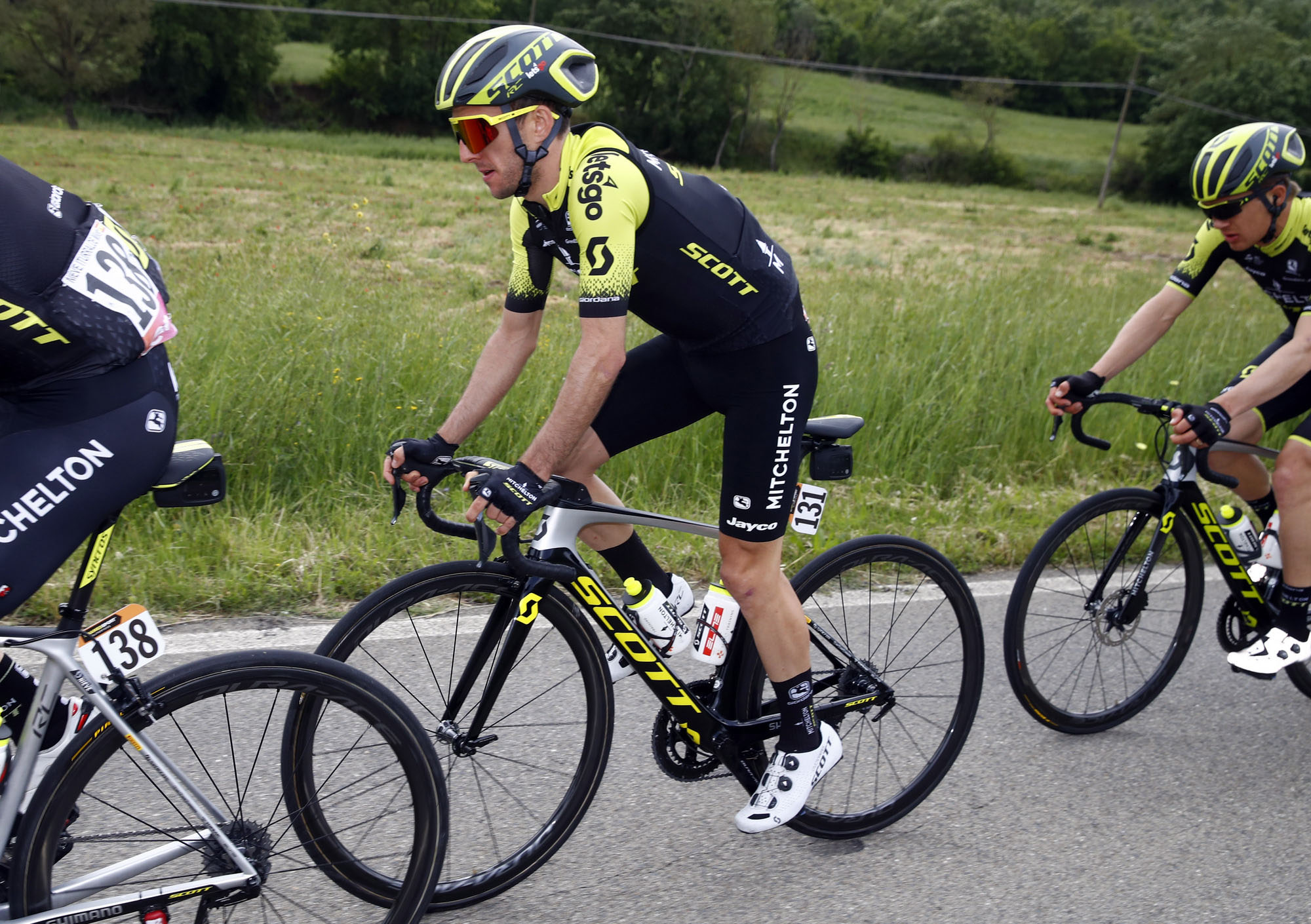
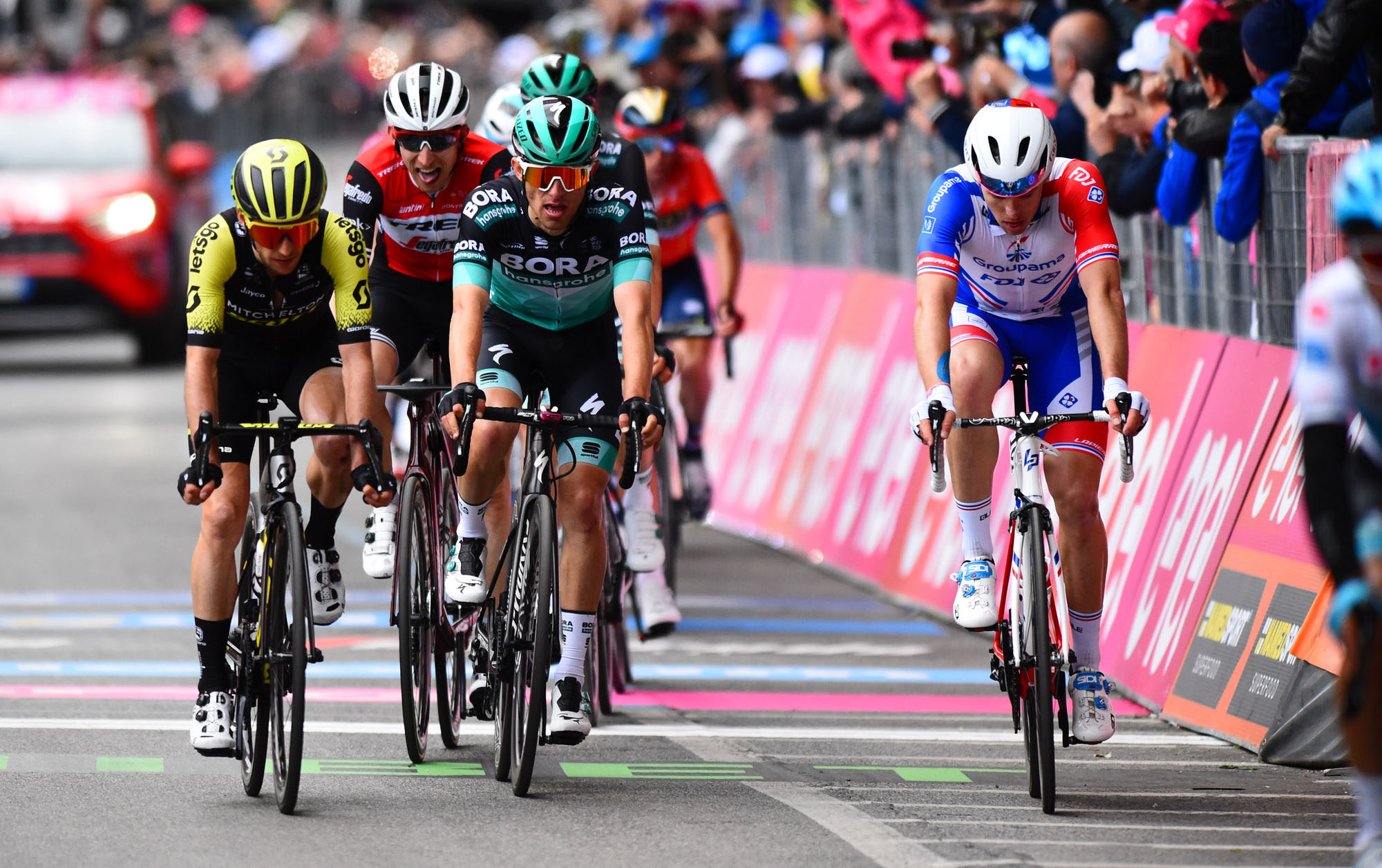
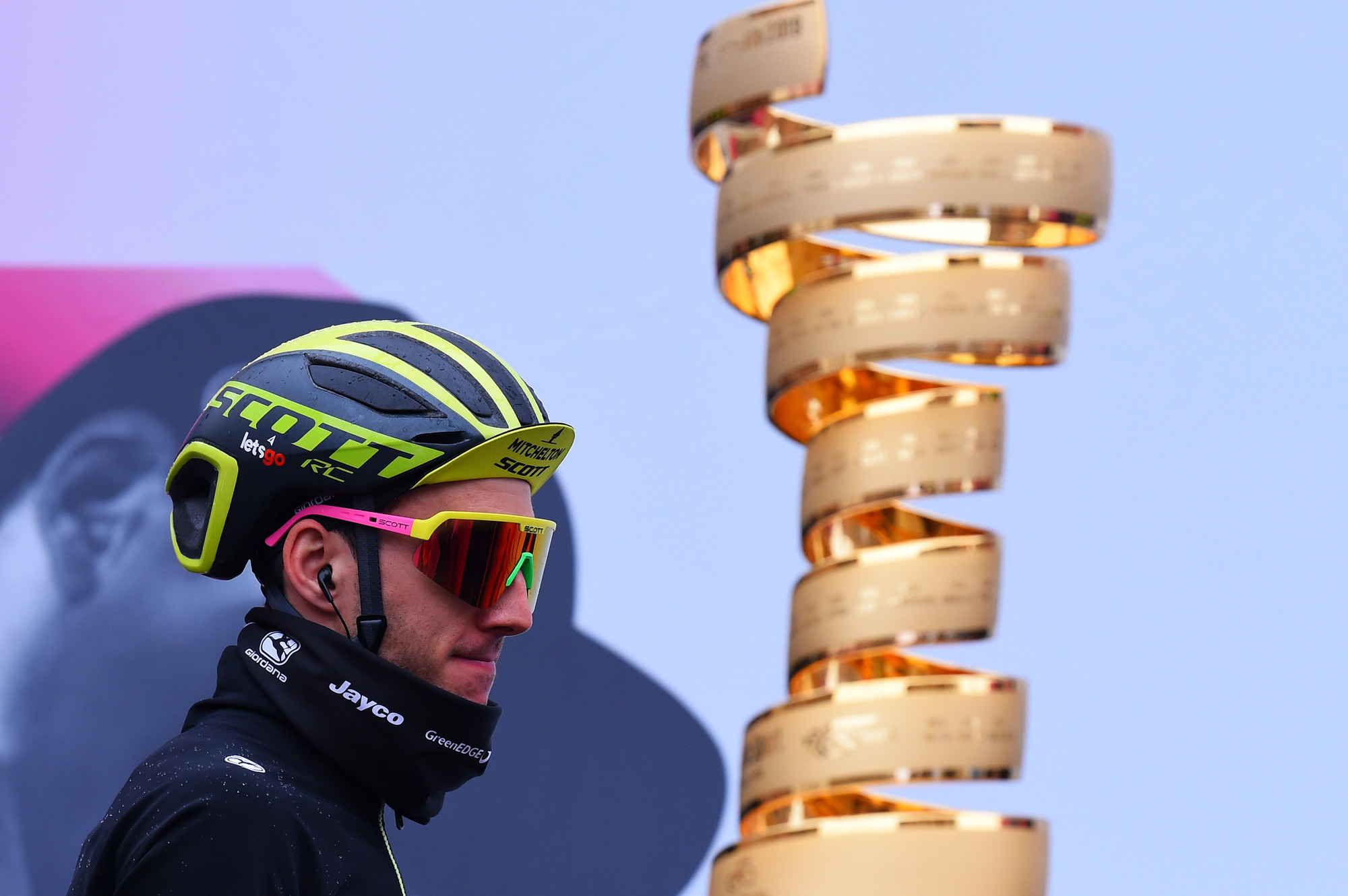
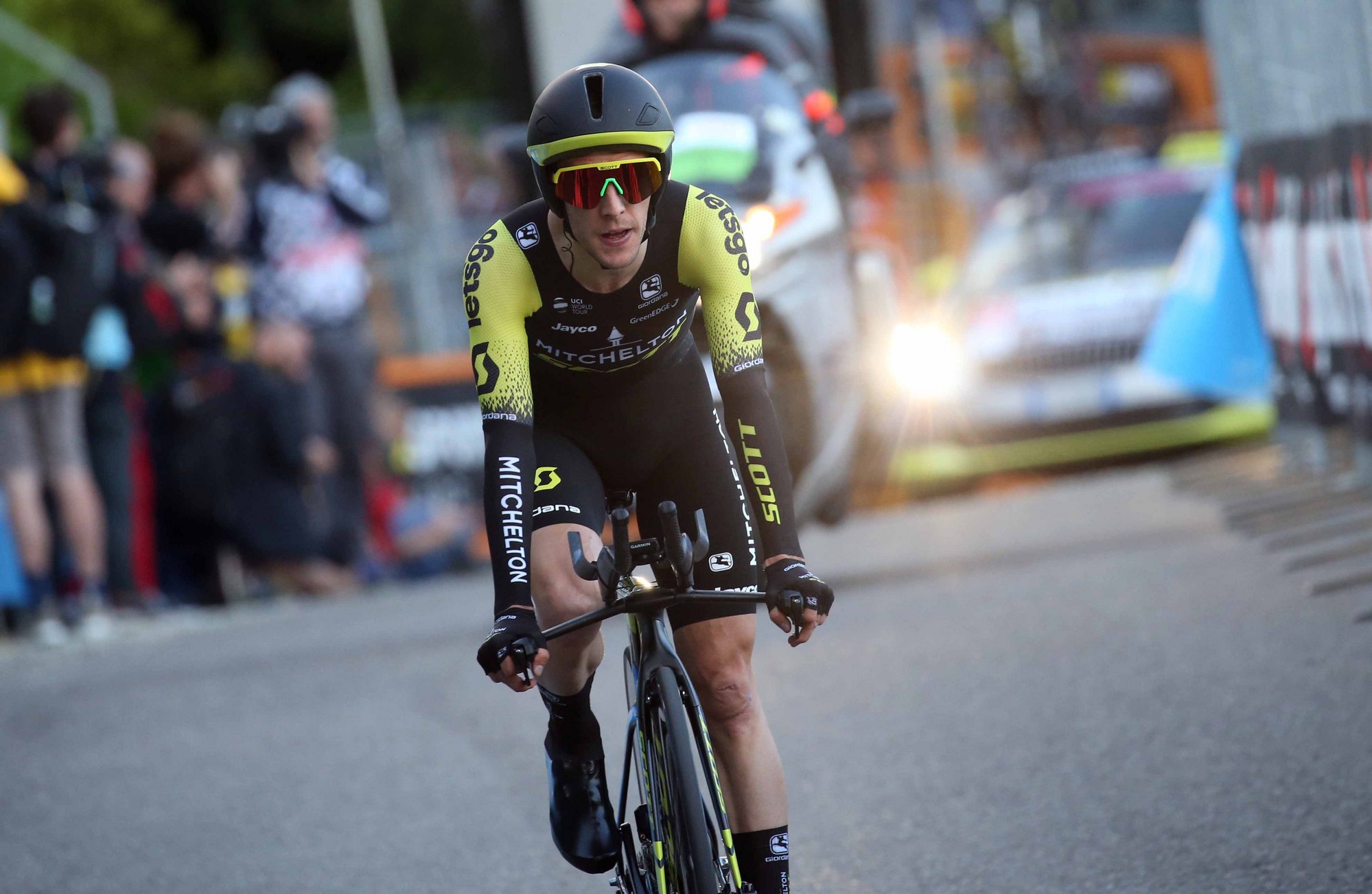
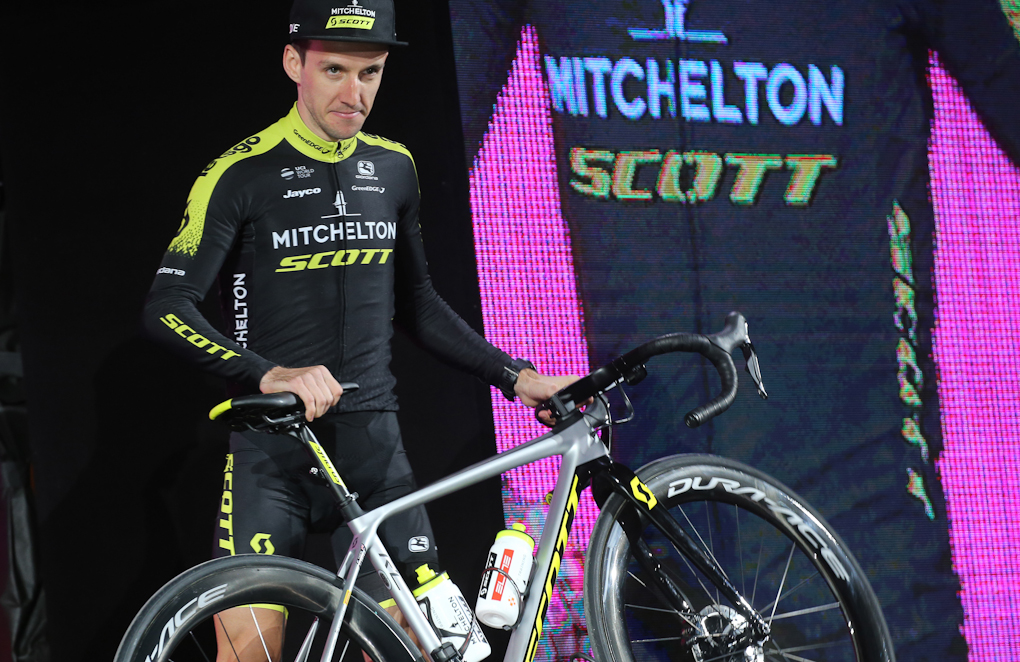
A different kind of opening act for Simon Yates. This time last year, the Briton was already in the maglia rosa at the Giro d’Italia, having seized the overall lead on Mount Etna on stage 6. In the days that followed, the Briton sought to add seconds everywhere he could. By the end of the second week, he had notched up three stage victories, but those efforts ultimately contributed to his undoing on the Colle de Finestre, just two days short of the finish in Rome.
By last Autumn’s Vuelta a España, where he rode into Madrid as an emphatic overall winner, Yates had already digested and applied the harsh lessons of the Giro by doling out his energy more sparingly in the first half of the race. On this Giro, he has no choice but to do so.
This time around, the terrain of the Giro’s first week has offered few chances for the general classification contenders to snatch seconds from one another. In the absence of early summit finishes, the emphasis has been on avoiding time loss rather than actively trying to gain ground on rivals. With the mountains back loaded into the second part of the race, patience and vigilance are the bywords for the GC contenders though the opening salvoes.
“It’s just a different way of managing the first week,” Mitchelton-Scott directeur sportif Matt White told Cyclingnews. “Just managing to stay warm, fuelling properly and staying out of trouble is the key for these first 12 stages before we get up into the mountains. I’ve been on most of the Giros in the last 20 years and I’ve never been on one that’s been as cold and wet, and we are quite far south in Italy.”
Although the route is very different in 2019, many of the principles that guided Mitchelton-Scott’s thinking last year remain in place. In 2018, for instance, Yates’ best climbing domestiques regularly sat up on the eve of key mountain stages to ensure they were fresh enough to be at his side the next day. Though this Giro’s long trek south to Puglia and back north again, Yates’ bodyguards on the flatter stages have rotated their days on duty.
“We’re managing the load of the riders helping Simon, too. You can’t lean on the same one or two guys to ride every day for the first 12 days,” White explained. “We’re managing that load and staying out of trouble.”
Crash
The one frisson for Mitchelton-Scott thus far came in the breathless run-in to Frascati on stage 4, where Yates was among the fallers in the crash that ended Tom Dumoulin’s overall challenge. Crashes are an occupational hazard in the tense opening week of a Grand Tour, but Yates had an insurance policy of sorts, given that he was surrounded by four teammates on the run-in to Frascati.
Get The Leadout Newsletter
The latest race content, interviews, features, reviews and expert buying guides, direct to your inbox!
Luke Durbridge, Lucas Hamilton, Mikel Nieve and Esteban Chaves helped to pace him back up to group that included rivals Vincenzo Nibali and Miguel Angel Lopez, and together, they limited his losses on Primoz Roglic to the minimum.
“He had four guys around him, and that’s why he only lost 16 seconds. He was able to put his chain back on quickly and they were able to chase,” said White, though he acknowledged that Yates also enjoyed a dose of fortune. “He finished with a broken bike but we dodged a big bullet because that bike could have malfunctioned in the last 6km and then we’d have been in big trouble.”
Yates suffered only superficial injuries to his hip and knee in the fall, and as the Giro hits the road back northwards, he lies 13th overall, 5:59 down on new maglia rosa Valerio Conti (UAE Team Emirates) and still 36 seconds behind Roglic, the best-placed of the pre-race favourites.
The next major rendezvous for Yates, Roglic, Nibali et al ought to come in Sunday’s 34km time trial to San Marino, a stage that will bring further definition to the general classification picture. But this long, tense preamble could have its own impact later in the corsa rosa.
“You’ve had stages of six hours, often in cold and wet conditions, so it does wear you down,” White said. “It certainly suits some people better than others. Some people can handle that load better than others as well.”
Yates, as one of only two Grand Tour winners left in the Giro after Dumoulin’s abandon, is among their number. “The more Grand Tours you’ve done the better,” White said. “Your body gets used to it.”

Barry Ryan was Head of Features at Cyclingnews. He has covered professional cycling since 2010, reporting from the Tour de France, Giro d’Italia and events from Argentina to Japan. His writing has appeared in The Independent, Procycling and Cycling Plus. He is the author of The Ascent: Sean Kelly, Stephen Roche and the Rise of Irish Cycling’s Golden Generation, published by Gill Books.